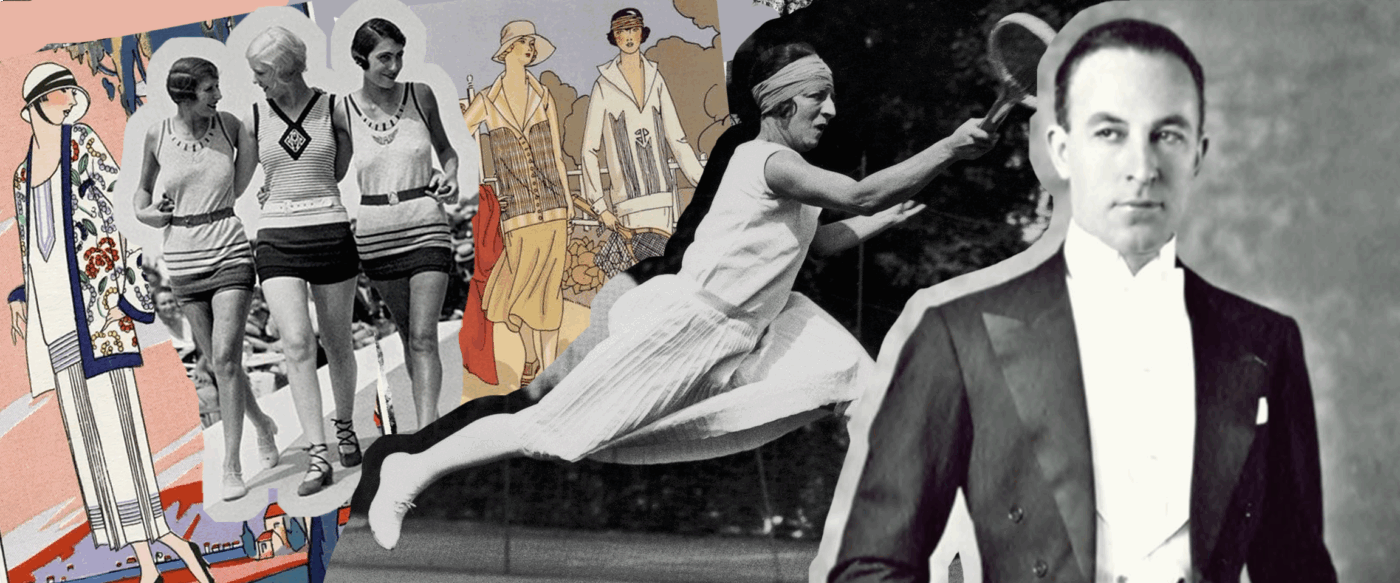When we think of 1920s fashion, icons like Coco Chanel or flappers in beaded dresses often come to mind. But behind many of the innovations that defined the era stood a man whose legacy is too often overshadowed: Jean Patou. A pioneer of modern elegance and a visionary in women’s fashion, Patou’s work in the 1920s reshaped how women dressed, moved, and expressed themselves in a changing world.
The Rise of Jean Patou
Jean Patou was born in 1887 in Normandy, France, into a family of tanners. He moved to Paris in the early 1910s with ambitions of becoming a couturier. After briefly serving in World War I, Patou returned to Paris with a fresh perspective—one that would go on to revolutionize fashion.
In 1919, he officially founded Maison Jean Patou, launching collections that quickly attracted international attention. His designs stood in stark contrast to the rigid and elaborate clothing of the pre-war years. Patou embraced simplicity, sportiness, and modernity.
The Spirit of the 1920s in Fashion
The 1920s were a time of immense social and cultural change. Women had entered the workforce during the war and were beginning to demand more freedom—politically, socially, and sartorially. Jean Patou was among the first designers to understand and respond to this shift.
He introduced designs that emphasized comfort, functionality, and elegance. His silhouettes were relaxed but refined—dropped waists, flowing skirts, and clean lines that allowed women to move freely without sacrificing style.
Innovations and Contributions
- Sportswear for Women: One of Patou’s most significant contributions was elevating sportswear into the realm of high fashion. He designed stylish and practical clothing for activities like tennis and golf, famously outfitting French tennis champion Suzanne Lenglen in chic sleeveless dresses and bandeau headbands. These garments were revolutionary—they allowed women to perform while still looking sophisticated.
- The Designer Perfume House: In 1925, Patou launched one of the first fashion-branded perfumes, “Amour Amour”, but it was “Joy”, released in 1930, that became a classic. Though released just after the 1920s, it stemmed from his understanding of emotional luxury—a theme that echoed his fashion ethos. “Joy” became one of the best-selling perfumes in the world and remains iconic today.
- Luxury Ready-to-Wear: Before many designers embraced ready-to-wear, Patou was experimenting with luxury versions of off-the-rack clothing. He understood the growing demand for high-quality clothing that wasn’t confined to the couture elite.
- Empowering the Modern Woman: Patou’s clothes were designed not just to adorn but to liberate. He believed in dressing women as they lived—not as static ornaments, but as active, modern beings. His fashion celebrated the independence, athleticism, and sophistication of the new woman.
Legacy and Influence
Jean Patou was a contemporary and sometimes rival of Coco Chanel, and both shared similar values in simplifying women’s dress. However, while Chanel leaned into minimalism and masculinity, Patou’s style retained a certain luxurious femininity—soft fabrics, refined tailoring, and a commitment to beauty and grace.
His influence can still be seen today in the continued blending of sportswear and high fashion, the prominence of designer perfumes, and the ongoing pursuit of clothing that balances form with function.
Though he died young in 1936, Jean Patou’s legacy lives on as a key architect of modern fashion. In the bold and transformative 1920s, his designs not only reflected the changing times—they helped shape them.
Conclusion
Jean Patou might not be the most famous name in 1920s fashion, but his impact is undeniable. He championed the modern woman, fused elegance with ease, and redefined what it meant to be stylish in a rapidly changing world. As we look back on the Roaring Twenties, it’s time to remember the designer who dressed it with such grace and foresight.

